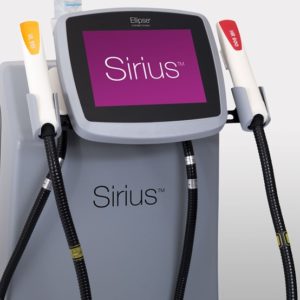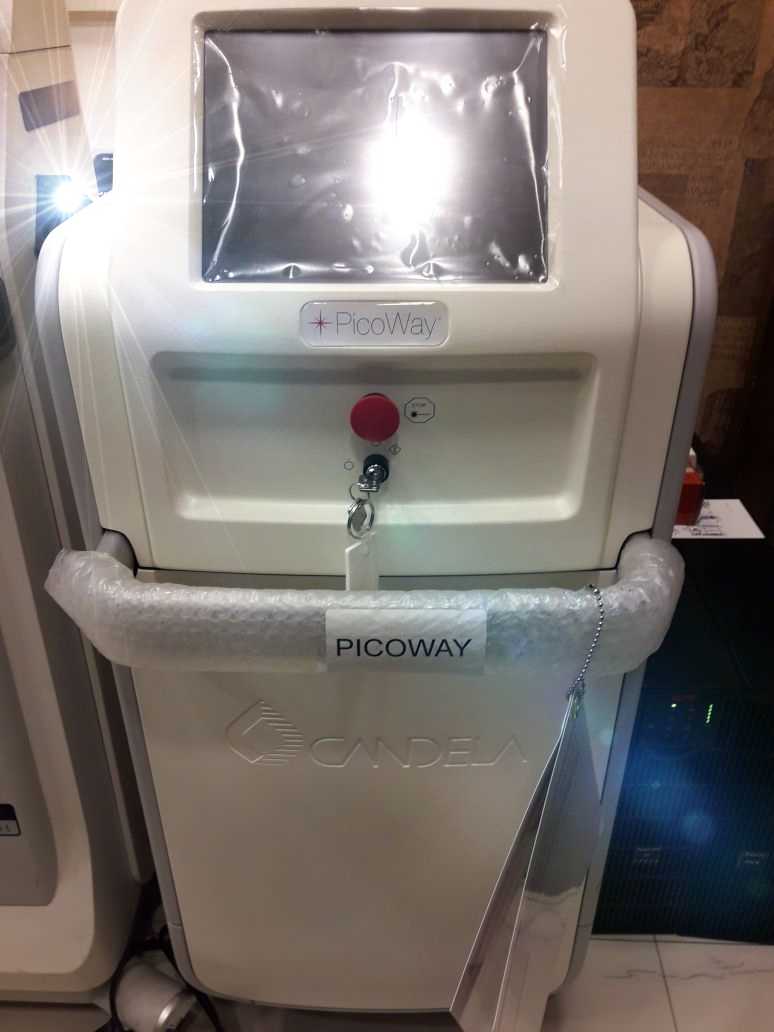

Bernstein, "Picosecond laser technology won't just be used for tattoo removal, in my opinion. In contrast, Q-switched Nd:YAG lasers offer five to 10 ns pulse durations Q-switched alexandrite lasers, 50 ns, he says.

Conversely, "When you treat it with a very short pulse – and with the picosecond lasers it's clear that the shorter, the better – the tattoo particle heats up so fast that it shatters."Īvailable picosecond laser pulses measure one-third to three-fourths of a nanosecond, he says. "If you treat a tattoo particle with a long-pulsed laser such as intense pulsed light, the tattoo particle heats up and gradually heats all the surrounding area," creating scarring but no fading. He is a Chesterfield, Missouri-based dermatologist in private practice. Regarding picosecond lasers' efficacy, George Hruza, M.D., M.B.A., says that one must treat tattoos with a pulse width shorter than 10 ns, the thermal relaxation time of a typical 0.1 µm tattoo particle.

READ: New laser finds niche in superior tattoo removal treatment In this study, 86% of patients received at least 50% clearance after three treatments, based on blinded, independent review of digital images.
SYNERON CANDELA TATTOO REMOVAL TRIAL
Bernstein participated in the multi-center trial leading to FDA approval clearance, with Arielle Kauvar, M.D., and Tina Alster, M.D. And Nd:YAG lasers are great for removing black ink." Though less effective than the 755 nm wavelength for blue and green ink, he adds, the PicoWay's 532 nm laser removes red ink extremely well.
SYNERON CANDELA TATTOO REMOVAL SKIN
Bernstein, M.D., M.S.E., who was first to use the PicoWay laser, says, "If you can only have one laser for tattoo removal, it's got to be an Nd:YAG because epidermal melanin absorbs less energy at this wavelength so it allows you to treat all skin types. Picosecond lasers that combine the 532 nm (KTP) and 1,064 nm Nd:YAG wavelengths include the PicoWay (Syneron & Candela) and the enlighten (Cutera).Įric F. 1 "We're seeing good results with red and orange as well," says Dr. With the 532 nm wavelength, yellow link – which previously proved very difficult to remove – disappears in one to four treatments. NEXT: Cosmetic tattoo before and after three treatmentsĬosmetic tattoo before and after three treatments with a Q-switched Nd:YAG laser In February 2015, the FDA cleared a 532 nm Laser Delivery System that's available as an add-on to the PicoSure platform. "Although it can be used for many colors, the home run with that device has been with blue and green ink." In previously untreated tattoos, he says, this laser often removes these colors in one to three sessions – versus 10 to 15 or more with Q-switched lasers, which could still leave residual ink.ĭarker colors and resistant tattoos also fare better with the 755 nm picosecond laser than they did with Q-switched lasers, he adds. Now available in three wavelengths, picosecond lasers have made some of the toughest-to-treat tattoo colors the easiest, says Roy Geronemus, M.D., director of the Laser & Skin Surgery Center of New York and clinical professor of dermatology at New York University Medical Center.įirst on the market was the PicoSure (Cynosure), which operates at the 755 nm alexandrite wavelength. National report – Although picosecond lasers have changed the tattoo-removal game, older technologies such as Q-switched lasers remain very valuable players, experts say.


 0 kommentar(er)
0 kommentar(er)
